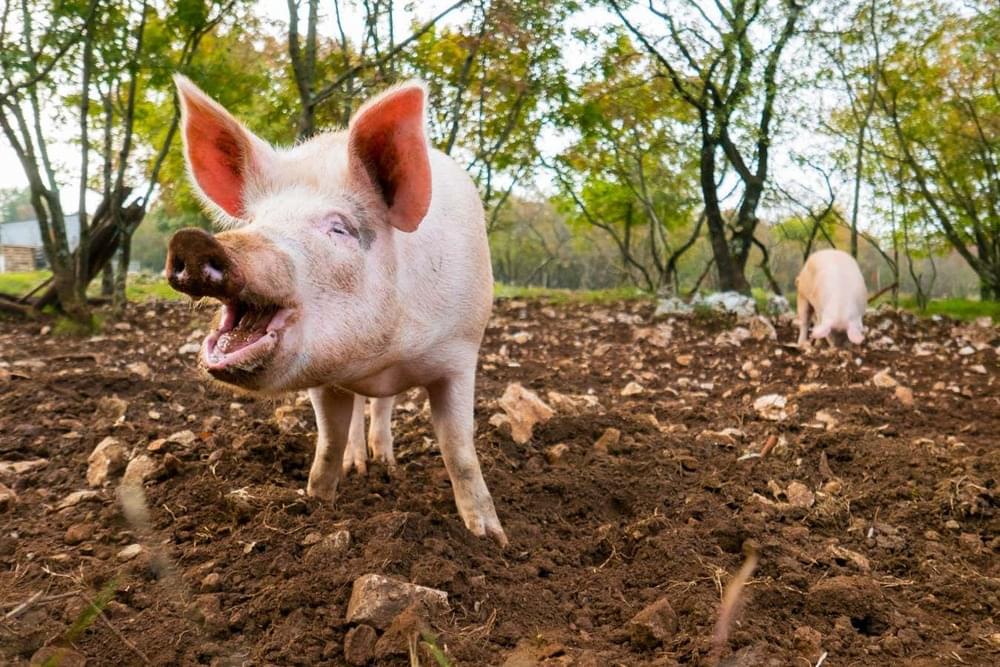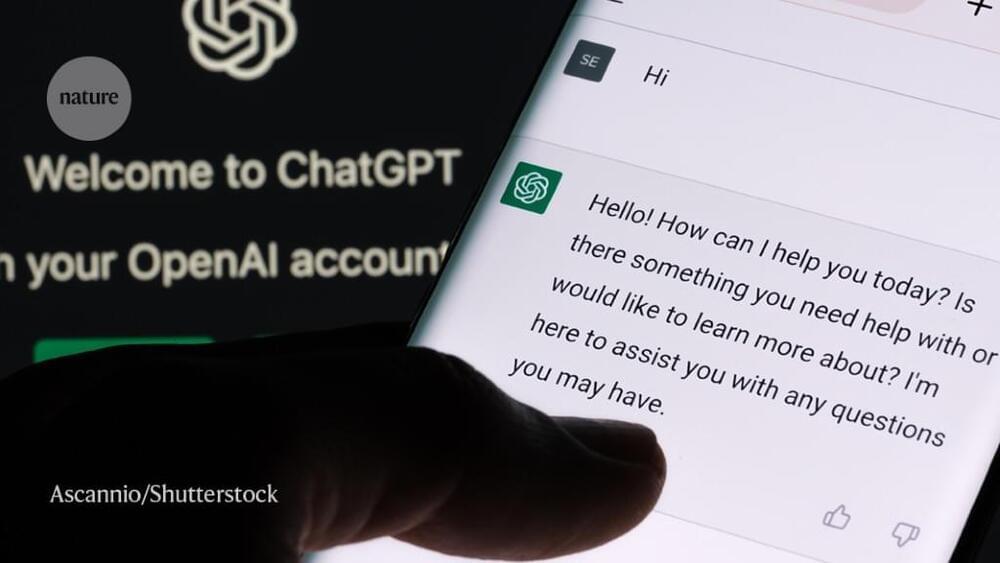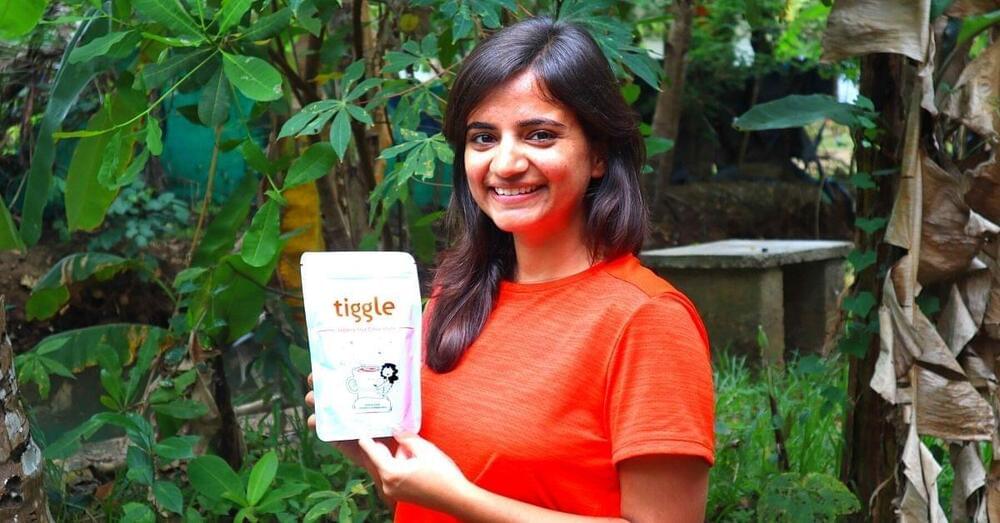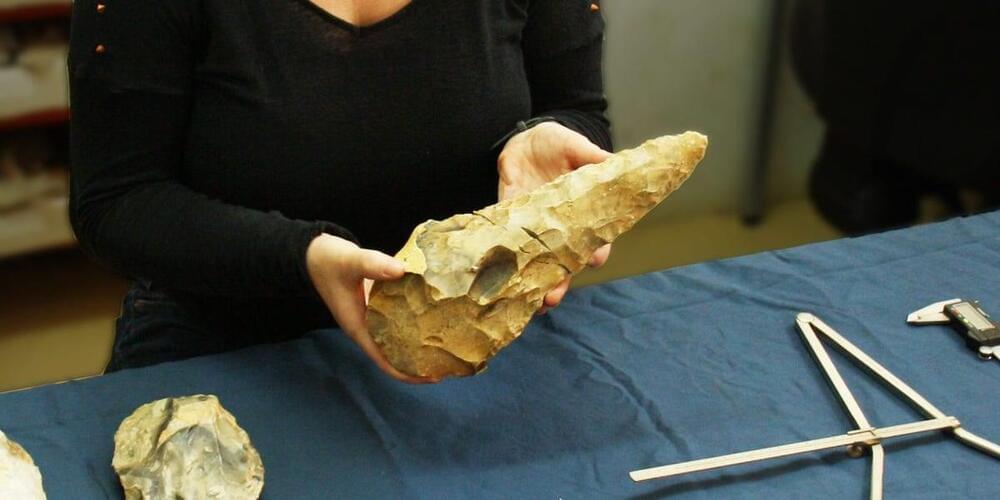Page 3025
Jul 7, 2023
Scientists used ChatGPT to generate an entire paper from scratch — but is it any good?
Posted by Omuterema Akhahenda in category: robotics/AI
A pair of scientists has produced a research paper in less than an hour with the help of ChatGPT — a tool driven by artificial intelligence (AI) that can understand and generate human-like text. The article was fluent, insightful and presented in the expected structure for a scientific paper, but researchers say that there are many hurdles to overcome before the tool can be truly helpful.
By holding the chatbot’s hand at every step, researchers produced a paper that was fluent and insightful. Yet they still have concerns.
Jul 7, 2023
Topaz Gigapixel AI Review: Image Upscaler
Posted by Omuterema Akhahenda in category: robotics/AI
![]()
Many of us have images we want improved?
If you’ve ever wished your camera had a few more megapixels so you could zoom in on details on your computer screen, or blow up your favourite photos to print, Gigapixel AI might be just the solution.
Continue reading “Topaz Gigapixel AI Review: Image Upscaler” »
Jul 7, 2023
Researchers develop network slicing technique for low-Earth orbit satellite communications
Posted by Michael Taylor in categories: internet, satellites
The joint research team of Electrical Engineering and Computer Science Professor JeongHo Kwak at the DGIST and Aerospace Engineering Professor Jihwan Choi at the KAIST have proposed a novel network slicing planning and handover technique applicable to next-generation low-Earth orbit (LEO) satellite network systems. Findings of the study have been published in the journal IEEE Vehicular Technology Magazine.
LEO satellite networks refer to communications networks with satellites launched within 300–1,500km, established for a stable supply of Internet services. Unlike base stations on land in which radio signals are often interfered with by mountains or buildings, LEO satellites can be launched to build communications networks to places with low population density where base stations could not be set up, thereby allowing them to receive the spotlight as a next-generation satellite communications system.
Accordingly, as more and more satellites are placed in lower orbits, satellite networks are expected to be formed as an alternative to terrestrial networks using links between LEO satellites. However, LEO satellites move in predictable orbits, and their connection within the network is wireless, which is why LEO satellite networks must be considered from a different view than terrestrial networks.
Jul 7, 2023
23-YO Brews Up Startup Success With Hot Chocolate That Empowers Organic Farmers
Posted by Shubham Ghosh Roy in categories: biotech/medical, sustainability
Anuva Kakkar, the 23-year-old entrepreneur behind Tiggle, an Agra-based D2C organic hot chocolate brand, has come a long way in a very short period despite the ongoing COVID-19 pandemic. From selling cups of hot chocolate to commuters outside the DLF Phase-3 metro station in Gurugram to starting her brand of hot chocolate powder and selling over 2 lakh cups through 2021, it has been a mercurial rise.
Made of premium cocoa sourced from a 40-acre family-owned certified organic farm near Pollachi, Tamil Nadu, Tiggle today sells three ‘premium’ varieties of hot chocolate powder — Light Hot Chocolate Mix, Dark Hot Chocolate Mix and Jaggery Hot Chocolate Mix. So, how did this entrepreneur from Agra set up her venture in such a challenging time for commerce?
Jul 7, 2023
The bio-inspired ‘transformer’ that crawls, rolls and flies
Posted by Raphael Ramos in category: robotics/AI
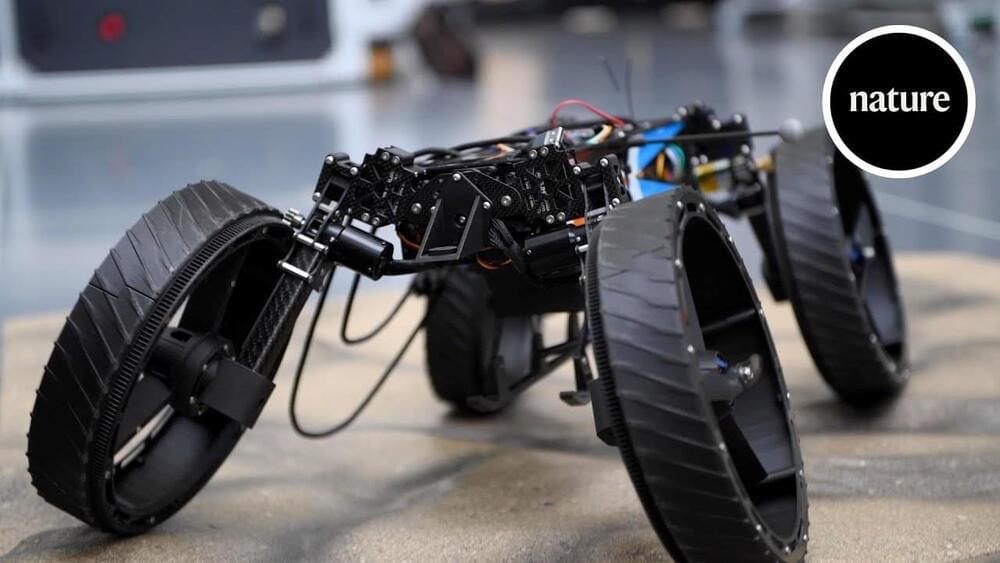
Robots are often designed for a particular purpose, but what if they could transform to tackle new challenges. Enter M4, the multi-modal mobility morphobot. It draws inspiration from the natural world by adapting how it uses its limb-like rotors and wheels to move in a wide range of ways, saving energy and making it more versatile.
You can read more about M4 in the research paper: https://www.nature.com/articles/s41467-023-39018-y
Jul 6, 2023
Chromosome Imbalances Drive Cancer, And Removing Extras Can Stop It
Posted by Shubham Ghosh Roy in categories: biotech/medical, computing

Many cancer cells carry too many or too few chromosomes, a condition known as aneuploidy. Scientists have known this for a very long time, but the impact of aneuploidy has been unclear. Researchers recently developed a computational tool that analyzed cells from thousands of cancer patients. This effort identified critical regions of chromosomes that can be harmful or beneficial to tumor cells when they are deleted or duplicated. The findings have been reported in Nature.
In this study, the investigators developed a method called BISCUT (Breakpoint Identification of Significant Cancer Undiscovered Targets), which located where major changes start and end in chromosomes. Regions that were often found were more likely to help cancer cells survive while less commonly found regions were associated with a lack of cancer cell growth or their death. For example, one-third of all cancer cells in The Cancer Cell Genome Atlas lack one arm of chromosome 8.
Jul 6, 2023
Mysterious giant 300,000-year-old hand axes were found at an Ice Age site in England. Scientists can’t work out why they are so big
Posted by Shubham Ghosh Roy in category: climatology
“We describe these tools as ‘giants’ when they are over 22cm long and we have two in this size range,” senior archaeologist Letty Ingrey of the UCL Institute of Archeology said in a press release.
The largest of the two hand axes, which is about 12 inches long, is “one of the longest ever found in Britain,” said Ingrey, who participated in the excavation.
Archaeologists think these types of tools were typically used to butcher or skin animals.
Jul 6, 2023
Yes, You Can Control Your Dreams: The Strange Science of Lucid Dreaming
Posted by Kelvin Dafiaghor in category: science
Once dismissed as a new age fad, lucid dreaming has gained attention as a possible performance enhancer and therapeutic tool.
Jul 6, 2023
Fluxonium Qubit Retains Information For 1.43 Milliseconds — 10x Longer Than Before
Posted by Josh Seeherman in categories: computing, information science, quantum physics
Superconducting quantum technology has long promised to bridge the divide between existing electronic devices and the delicate quantum landscape beyond. Unfortunately progress in making critical processes stable has stagnated over the past decade.
Now a significant step forward has finally been realized, with researchers from the University of Maryland making superconducting qubits that last 10 times longer than before.
What makes qubits so useful in computing is the fact their quantum properties entangle in ways that are mathematically handy for making short work of certain complex algorithms, taking moments to solve select problems that would take other technology decades or more.
